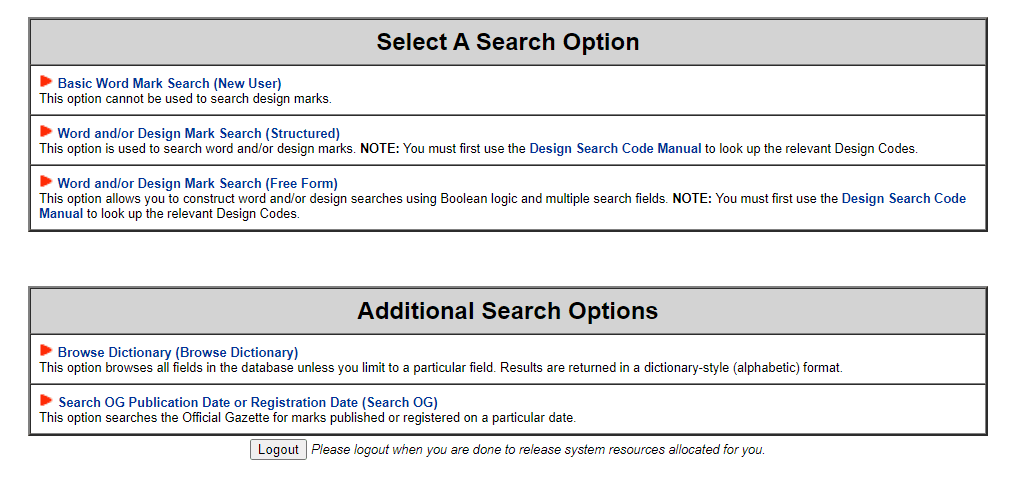As a blogger, your written and visual content is protected by copyright law. It’s your original work, and therefore, considered intellectual property. But your blog name and logo need additional protection called a trademark.
A trademark represents a word, phrase, symbol or design (or any combination of these identifying marks) that distinguishes your goods or services from your competitors.
You work hard to provide valuable and engaging content for your blog. Why not protect your likeness and avoid legal confusion later down the road?
Why You Should Trademark Your Blog
If your blog is just a hobby that you don’t intend to ever profit from, then there’s not necessarily a need to register a trademark. But if you plan to use it as a side hustle or build a brand around it, then you should seriously consider trademarking your blog.
By applying for federal registration with the U.S. Patent and Trademark Office (USPTO), your trademark will have protection nationwide. This means you’ll have legal recourse if someone uses your blog name for their own business ventures in the future.
Trademarking your blog name has some additional benefits to consider. It can help:
- Strengthen brand recognition for your blog and any associated products.
- Build credibility with your audience because a trademark reinforces that your work is valuable and worth protecting.
- Prevent future infringement issues from fellow bloggers or competitors as your trademark will appear in searches going forward.
So, it might be worth getting the ball rolling early on your trademark registration even if you aren’t sure where your blog will eventually take you.
How to Trademark a Blog Name
Before you jump in, it’s best to get a firm understanding of how to trademark a blog name. This can help you avoid some of the most common mistakes that can delay the process or result in the denial of your application.
1. Consider Hiring a Trademark Attorney
If you’re based in the U.S., then you aren’t required to hire an attorney to represent you when registering your trademark. But in some cases, you might benefit from hiring one.
The USPTO states that “hiring an attorney may save you money because an attorney will know how to best advise you on your trademark’s registrability, prepare your application, and respond to the USPTO on various issues that might arise throughout the process.”
However, you can choose to file the application online yourself and only incur normal costs associated with filing and maintaining your trademark registration.
2. Conduct a Trademark Search
If you decide to DIY your trademark registration (many bloggers do), start by searching for existing trademarks with the same or similar name. The USPTO won’t approve an application for a trademark that’s already being used by someone else. Your trademark must be distinctively different from others.
You’ll be throwing away your money and time if you file a trademark application for a name that is already taken. So, it’s best to start the process by using the Trademark Electronic Search System (TESS) to perform a comprehensive search of active and inactive trademark registrations and applications.

You’ll be able to search by work mark, word and/or design mark, or use additional advanced search options.
If your desired trademark isn’t taken, then you can move forward with registering your blog name.
Complete your Trademark Application
The easiest and least expensive option for registering your trademark is to use the online Trademark Electronic Application System (TEAS). The cost to file your initial application online with TEAS can be as low as $250 to $350.
The online application itself can be completed in a couple of hours. But there are a few things you need to be prepared for ahead of time including:
Your basis for filing. This is your legal reason for registering your trademark. If you haven’t launched your blog, your basis for filing is “intent to use”. Otherwise, you can select “use in commerce” for a blog you’ve already built. You’ll need to provide documentation proving how your trademark is used and the date you first used it.
Your class of goods and description. All trademarks are organized into broad categories of goods and services. Blogs are classified under Class 041. You’ll also need to provide a clear and concise description of your blog and its purpose.
Your trademark format. This might simply include the name of your blog, but it could also include stylized lettering, a design (e.g. logo), or sound. If you have multiple variations of your trademark, you’ll need to file separate applications for each one.
You’ll also need to provide information about yourself and your blog business, as well as any supporting documentation of your trademark.
Wait Patiently and Provide Additional Information if Needed
While the application itself can be relatively quick, the processing and approval process is longer and more complex.
The USPTO states that it usually takes about four to six months just to review your application. The entire approval process can take 12 to 18 months, depending on processing delays and wait times.
Keep in mind that many trademarks will be refused for a variety of legal reasons.
So, it’s important to stay on top of any additional requests for information or documentation.
What Happens Once your Trademark is Approved
It’s your responsibility to protect your trademark against infringement. The USPTO office won’t allow someone to attempt to register the same name (or a similar name) to your trademark. But that won’t stop people from using it in an unofficial capacity.
Be sure to place your registered trademark on your website and with any associated products you might produce (e.g. eBooks, printables, etc.). This indicates to others that they can’t use your protected trademark.
If someone does use it, you can send them a cease-and-desist notice or initiate legal proceedings, if necessary.
You’ll need to maintain your trademark by submitting the required documents and fees to keep your registration alive. A declaration of use is required after five years, and renewal is required every 10 years.
Keep in mind that any fees related to registering and maintaining your trademark can be claimed as a business expense deduction come tax season.
A Trademark Can Protect Your Blog
Even if your blog is small now, registering your trademark can pay off long-term if you plan to put any effort into monetizing your blog or eventually building a brand.
At a minimum, it’s worth doing a trademark search to determine if you need to pivot your current blog. If you happen to be unknowingly infringing on an existing trademark, it’s best to make necessary changes and avoid legal issues.















0 Comments